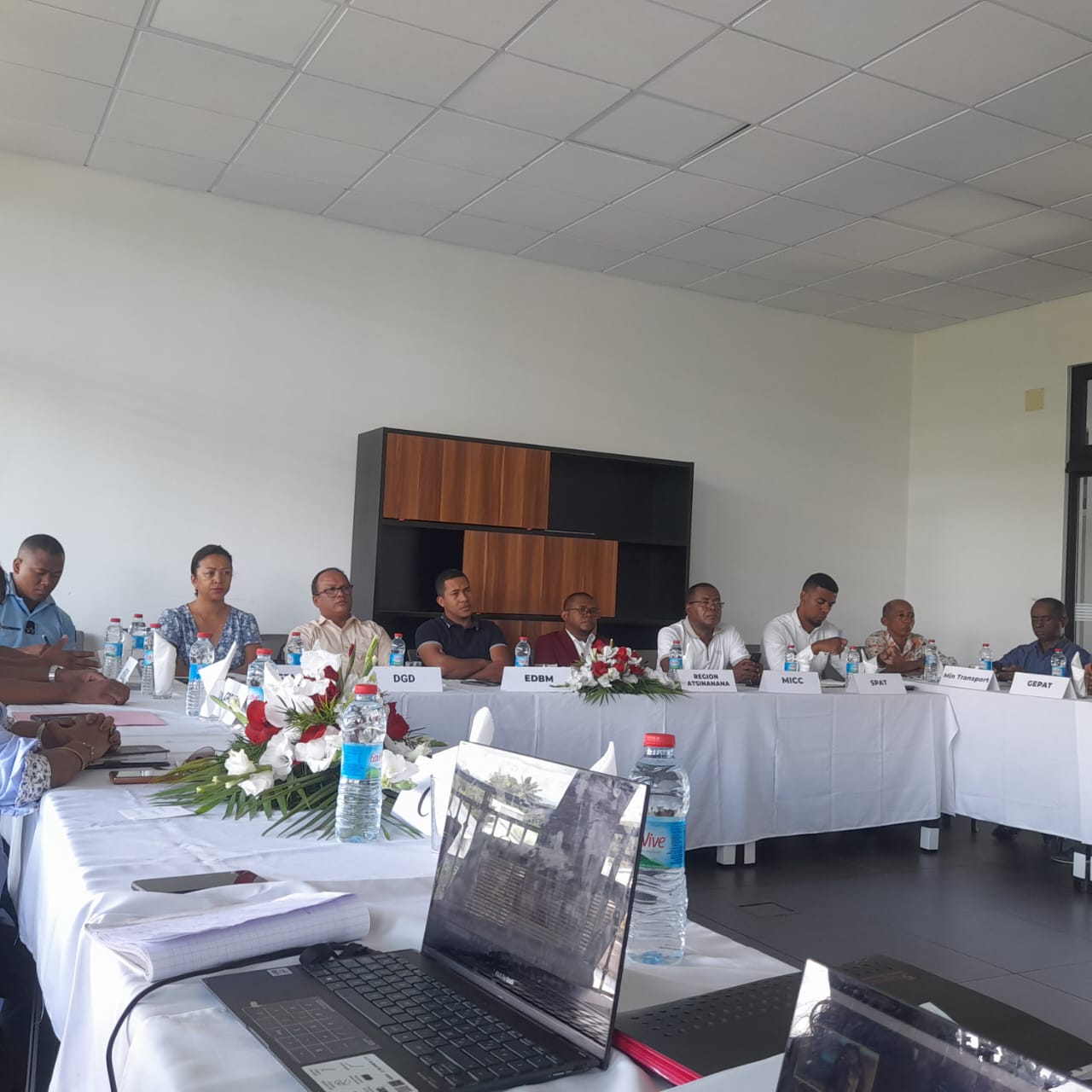Agribusiness : Madagascar, agri-food hub for the Indian Ocean
Agribusiness : Madagascar, agri-food hub for the Indian Ocean
Madagascar, wealthy of its people, its natural resources and its geostrategic situation, is the ideal destination for any project in the agribusiness sector in the Indian Ocean area.
More than 2/3 of the Malagasy population live in rural area and they are a source of affluent and skilled manpower with a long tradition in agriculture, farming and fishing. Just like the national average, more than the half of these rural people constitute potential active person.
Over the 60 million ha of the total area of the Great Island; almost half of it is used for agriculture and 18 million ha remain available. An area which widely exceeds the land mass of all the other Indian Ocean isles, if combined. A wide range of tropical and temperate products exist thanks to the diversity of soil and climate conditions of the “Island-Continent” and thanks to the existence of water resources for energy irrigation and production (2,000 km of rivers). Nowadays, Madagascar produces :
- About 3.6 million tons of rice: more than the rest of SADC countries if combined considered as the 3rd producer in Africa. The Malagasy intensive technique is now applied in the world ;
- More than 1 million tons of cereals and other starchy foods : maize, potato, cassava, leguminous plant ;
- Fruits and vegetables with one of the widest range in the world: mild beans, ranging from apples/pears and berries of exotic fruits to the different types of chili pepper ;
- Litchies with 70% share of the European market : 1st world exporter of this type of fruit ;
- 50% of the world vanilla market: 1st world exporter of spices and other essential oils ;
- High end coffee, tea and cocoa.
As an island, Madagascar has fishing and aquaculture potentials :
- An exclusive economic zone covering 115 million ha and a large continental shelf of about 12 million ha full of ichtyologic resources ;
- 5,600 km coast, more than 300,000 ha of mangrove swamps, 50,000 ha of which are tans and 30,000 ha can be adjusted for shrimp farming ;
- 160,000 ha of natural lakes favorable for in cage and/or in paddock fish breeding, up to 150,000 ha of irrigated rice field, 34,000 ha of which are favorable to rice and fish production and 20,000 ha of area with water control can be adjusted to become a pond ;
- A halieutic and fish farming potential of more than 50,000 tons per year, 60% of which has a commercial interest ;
- More than 50% of useful seaweeds for human beings can be found in Madagascar.





